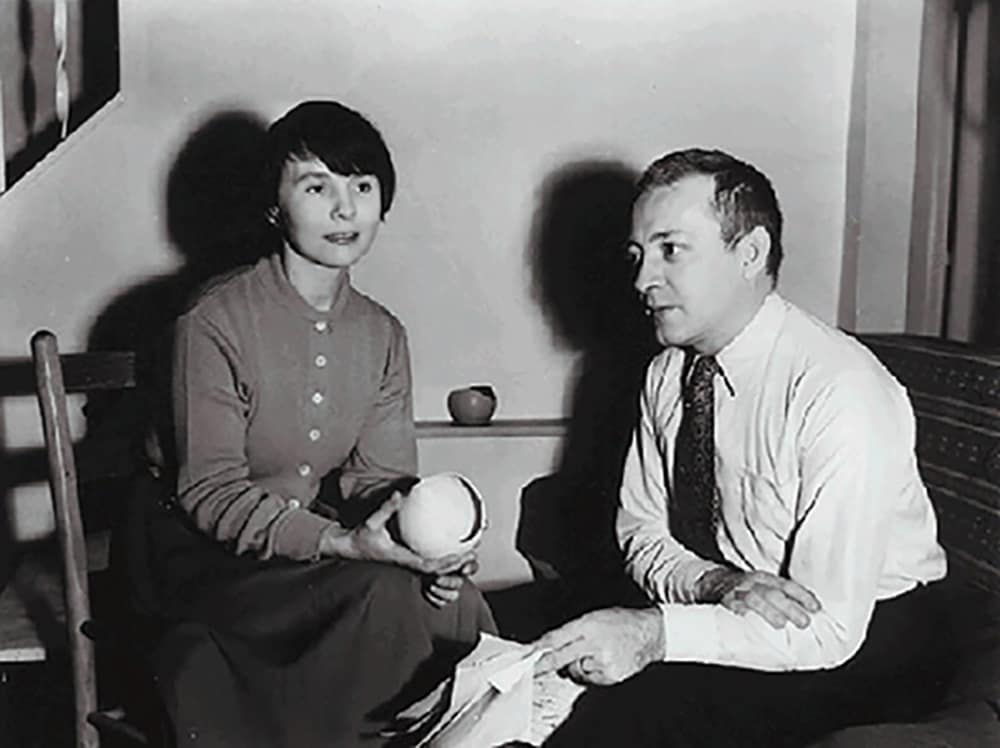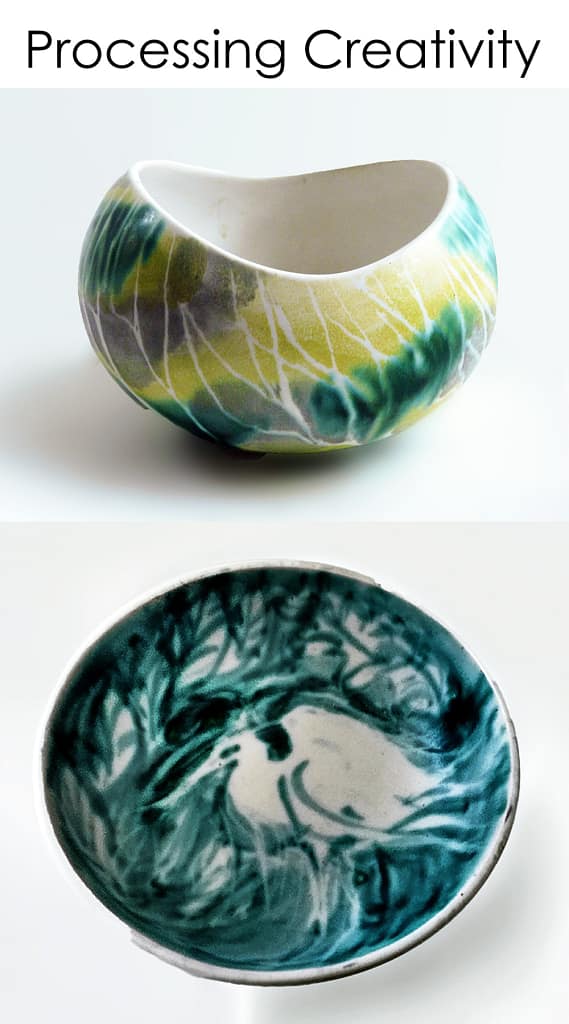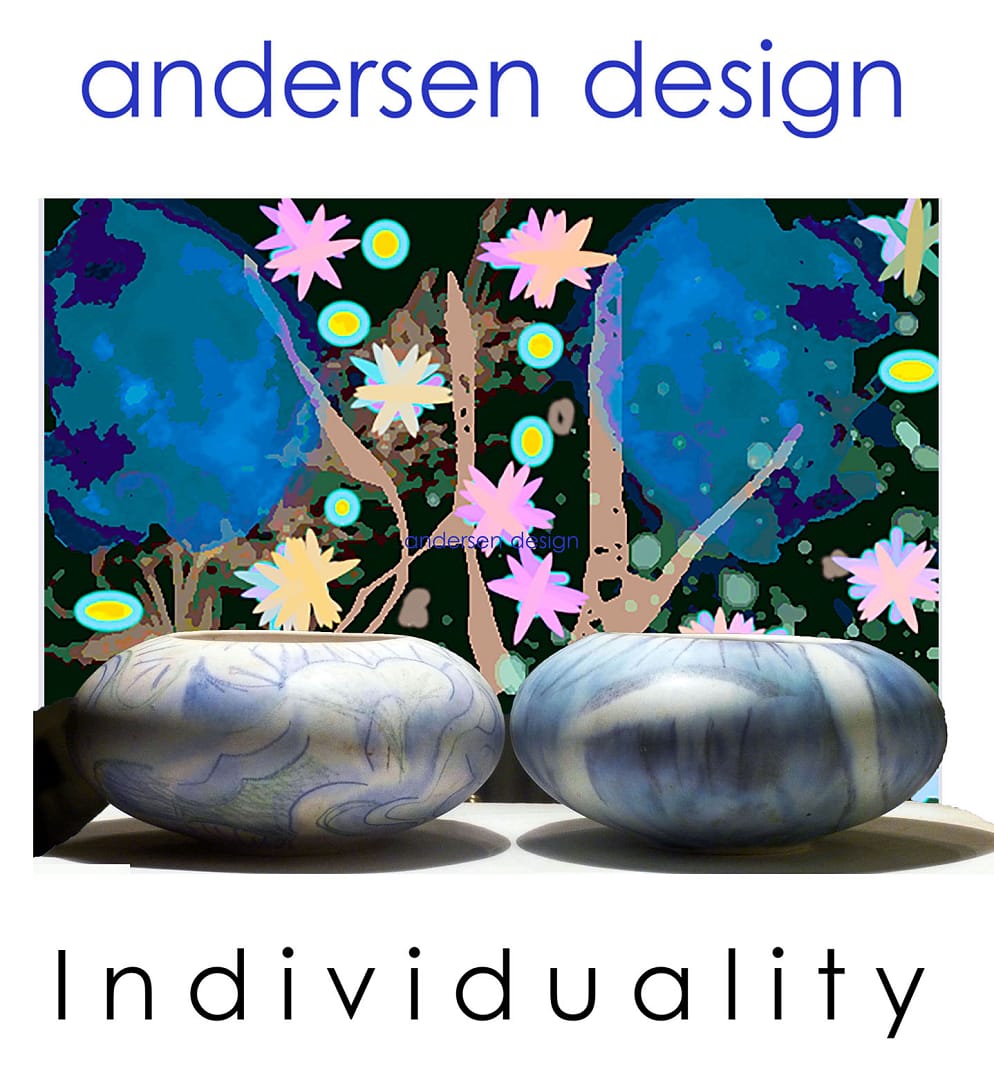Remote working, Soloentreprenuers and Category Pirates Arise!


The complexity of creating a digital marketing channel felt overwhelming, but I knew that if I asked Claude, Claude would give a step-by-step plan that simplifies the decision-making process, turning it into something routine. I am familiar with the advantages of having a routine process because that is what a ceramic production offers. As creative human beings, we do not feel inspired on a regular schedule, but having a regular schedule creates the conditions in which inspiration can arise spontaneously. Repetitive tasks can be meditative.

When I read Nobody Told Me Pinterest Could Make Me Money — Until I Found This Strategy, followed by Claude’s advice, I got the impression that the type of articles it called for are very routine, and I felt inadequate. I envisioned the type of article that content writers who have thousands of followers and many more paid subscribers than I (as they claim) produce, and I hypothesized that later I would expand that into my own style.
Then Claude identified that I had written the posts in my own style.
Claude: Your Best Monetization Assets
These are your goldmine posts:
- “Patterns in Stoneware Penguins and Trees” – This is Pinterest gold! You have gorgeous product photos and discuss artistic techniques
- “What Difference A Curve Makes” – Technical ceramic content with beautiful bowl photography
- Hand-Making Ceramics in the USA, Perfect for “Made in America” marketing angle
- “A Business from Scratch” – Entrepreneurship story that could appeal to business/craft audiences
- “Colin Woodard’s History of Andersen Design” – Third-party validation and historical narrative
On a diversionary note, I was thrilled to see Bill Gates interviewed on Ari Melber and to hear Gates say what I think is a significant point that is mostly missing from the artificial intelligence conversation, which, restated in my own words, is that while we know how artificial intelligence was created, we don’t actually understand what it is. I think it is more appropriate to call it AAI- or Artificially Accessed Intelligence. What do we know about intelligence, beyond our own, and we do not even know all there is to know about our own intelligence. Discussions of wholeness by quantum physicists like David Bohm (Wholeness and the Implicate Order) and Menas Kafatos and Robert Nadeau (The Non-Local Universe), turn on phrases that sound very God-like, such as “everything that is”. Obviously, everything that exists includes intelligence. Perhaps AI is just an interface between our intelligence and the intelligence of another sort that resides within us in the collective unconscious, but we interpret it as something we created rather than something we have contacted.
Some try to trick AI into revealing what it really is, and I think, what is the point of that? AI allows one to engage in an intelligent conversation. We are unlikely to discover a definitive answer about who or what is the source of intelligence generated through AI. It exists whether we interact with it or not, but we do not know the extent of it, and so care must be taken. Building massive systems in a nanosecond through an agency known to hallucinate is not advisable.
So…back to the point….Even though I have a lot of resources to use for this project, images and stories created over many years, there is still a lot of work to be done. The first thing was to recreate the stories selected by Claude on my own website, where I have greater freedom to advertise the product site, andersenstudio.com, and to generate ad revenue.
Claude doth protest about the Google AdSense approach, and I get it. As Claude points out, the product I have to sell is capable of generating far more revenue, the slim likelihood of a small website being accepted by Google Ads, and the way ads have the potential to disrupt a clean design. That’s all true, but here is the other possibility: Can well-categorized ads create a community? I will give it a chance before rejecting it.
Organization
On Pinterest, one creates Boards and Pins.
Boards and pins can be used to tell a story that can link to a product site. On MackenzieAndersen.com, I can place prominent links to my product site, Andersenstudio.com. A pin can link directly to a product, or it can link to a written story.
These are the Board Names suggested by Claude:
- Andersen Design Ceramics
- Handmade Pottery Process
- Maine Artisans
- Vintage Ceramic Techniques
- Mid-Century American Craft
You can see the difference between the story as published on Substack and the story published on my own website
For the kind of product that Andersen Design is, linking to a story that links to the product site is a powerful marketing tool.
In terms of tags, one can only use tags that are preselected by Printerest. I realized that this is because the product tags are used to place the pins on various global boards, where one’s pin is displayed with other pins in the same category.
While I was doing all of this, I started to pay attention to a newsletter that I had subscribed to but had not had time to check out. It is called Category Pirates. I clicked on the website and decided it is working in the same category that I am developing. My work started with WordPress, which has categories for posts, so that is where I first started organizing categories. I have thousands of posts to categorize!
“The Magic Triangle is a new lens for interpreting the business world. It’s the combination of product design, company design, and category design—each side with equal importance, ideally executed at the same time. It can dramatically improve your odds of becoming a Category King or Queen yourself. Because once you see the world through what we like to call The Magic Triangle, you’ll never see things the same way again.”
What do you think? Does that sound like what I have been doing?
Category Pirates is selling a course in becoming a Category Designer. There is a lot of emphasis on Category Designers as a consulting career, but it is also inclusive of entrepreneurs. I enjoyed watching the video and seeing how these people are thinking. They said if you work for a big company and want to learn category design for your job, this isn’t for you. Category Pirates is another entity, like Art Storefront, that focuses on the small entrepreneur movement. This is invisible to the “dictatorship of Innovation”, by which I mean the centralized state that has declared itself to be in charge of innovation in Maine, as it continues to exclude the individual and small free enterprise from the conversation, and in so doing, it occludes itself from knowledge and understanding of what transpires within the working classes during these changing times. The dictatorship of innovation conceives the working classes as a static mass rather than as a dynamic field of individualistic trajectories.
That being the case, the Dictatorship of Innovation in Maine isn’t aware of the growing rise of the soloentrepreneur among the working classes, being that the workiing classes are made up of individuals excluded from the discussion by the state and its partners in concentrated wealth.
A lot is going on in solo entrepreneurship, but I usually find the courses more expensive than I can afford. The reason category design caught my interest is that it resonates with what I am already doing; I was raised in a solo entrepreneur business in a home. The Andersen Design brand is made for this movement.
When I applied for the Category Pirates Course, I answered the question about how much income I am targeting by saying it is the wrong question; my success is achieved when I can incorporate independent makers who can work collaboratively with the assets created by Andersen Design, including the marketing asset I am currently developing. Not many companies have assets so well-suited to the solo entrepreneur and Work at Home movement as does Andersen Design.
Category Pirates responded by saying that I am not ready yet and sent a spreadsheet that I don;t have time to analyse now and will look at it when I am ready- but for now l will continue to gollow and record my own course.
A Peninsula is suited for a creative, soloentrepreneurial, and small enterprise community, which is innovative by definition.
GOOGLE AI: Key Aspects of Innovation
- Process, not just an idea:Innovation is not just a new technology or solution but the entire process from an idea’s inception to its real-world impact.
- Problem-solution focus:It typically involves connecting a problem with a viable solution to create a meaningful impact.
- Impact:The goal of innovation is to achieve observable outcomes and create value, whether by building capabilities within an organization or by creating new markets.
All of the above applies to what Andersen Design did in starting a business from scratch and bootstrapping its own pathway to success.
It’s a great lifestyle to live, A community built around small entrepreneurs rather than the centralized economy and mega corporations would be a vibrant attraction for the working class, but the current plan adopted by the current leadership of the Peninsula excludes this vibrant, inspired community and designs housing suitable for a corporate slaveforce. HP1489 mandates that such overcrowded housing zones be in every Maine municipality, but provides no housing solutions for any other segment of the working classes.
We have to make it happen on our own. Otherwise the people will continue to be excluded from the process of shaping the future of the community while private investors, town leaders, and the state legislature plan everything among themselves bypassing a public vote but affecting matters of shared public concern- such as the sustainability of the local water supply with asphalt parking lots being built in our watershed at an alarming rate as if it doesn’t matter- but it does! Those asphalt parking lots send microplastics into our water. Until recently, thanks to the Land Preserve, the Peninsula was seeing non-asphalt parking lots going in, but that’s changed.
On a final note, as I am working on this project, my Adobe Photoshop Plan was suddenly suspended mid-month, and the only way to reinstate it is to sign up again at considerably higher rates. I found that very offensive and decided to work with the free Adobe alternative Gimp instead. Adobe has a better interface design, but Gimp appears to have all the same functions, and it is free. Adobe prices are discounted once a year during Black Friday weekend. That gives enough time to work with Gimp or other apps to determine if there is any value in returning to Adobe at double the cost..
·









